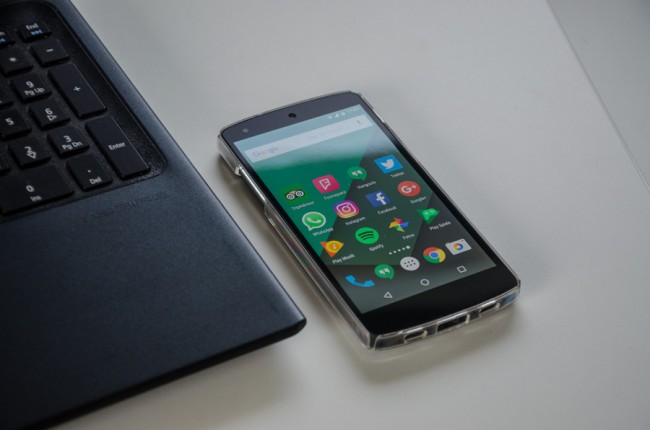
Opening telephones used to be essential, however that recommended they were certainly not hard to break. It’s another scene now for cell phone security. In the long time past days, opening telephones essentially required the client to click two keys — on old Nokia telephones, at any rate. In any case, now, telephones have ended up being harder. Fingerprints, and every so often even faceprints, are at show the standard.
Macintosh propelled the “slide to open” method, which then-CEO Steve Jobs said was to keep the iPhone from inadvertently being opened when sitting serenely inside pockets. By at that point, Android made its own particular strategy, in which clients were allowed to put forth any defense on a 3 x 3 framework as their mystery word.
In any case, Android’s answer isn’t that protected everything considered. Another examination has measured decisively how open an Android-style jar arrangement is to vulnerabilities — not by any mind boggling accomplishments of hacking, yet rather by some individual investigating one’s shoulder and fundamentally holding the case.
Security inspectors at the U.S. Maritime Academy, together with the University of Maryland Baltimore County, appropriated an examination indicating how a pleasing spectator can obviously hold a man’s case by then emulate it effectively. In the tests, they found that two out of three individuals could copy six-point open cases totally by looking from 5 or 6 feet away.
Those same conditions were then replicated with a more common six-digit PIN code, which demonstrated significantly more troublesome, with just a singular out of 10 spectators arranged to reproduce the PIN code in the wake of looking.
Why is this so? Everything considered, the examination guarantees an Android open delineation is more fundamental for human brains, since minds love designs.
“Cases are truly not all that awful in memorability, however it’s the same as requesting that individuals study a glyph,” said Adam Aviv, a Naval Academy educator. “Outlines are unquestionably less secure than PINs.”
The examination took 1,173 people to watch opening records on the web and have a go at estimating PINs and Android-style open cases in the wake of watching individuals open their telephones from various edges and divisions. They duplicated the examination with practically 100 individuals live, just to check whether there was any capability with the online-based tests.
In the online tests, 64 percent could reproduce the Android-style diagram after only one review, however that shot up to 80 percent following a moment seeing. Stick codes, in the interim, rendered much lower inadequacy rates: just 11 percent could see a six-digit PIN in the wake of review it once, and 27 percent coming about to ponder it twice.
Clients who feel suspicious over some individual enough guessing their open representation ought to most likely pick a six-digit PIN. It’ll be to some degree more irritating and dull than delineation, yet it’s inside and out more secure, as the examination proposes.
By and by, the world could move into a non-diagram method for opening telephones, at any rate: Face ID on iPhone X is without a doubt a display of that. Biometric opening techniques are a tiny bit at a time persuading the chance to be recognizably vital, to the point where conventional PINs or outlines are starting at now unimportant shields for when the fundamental frameworks don’t work.
